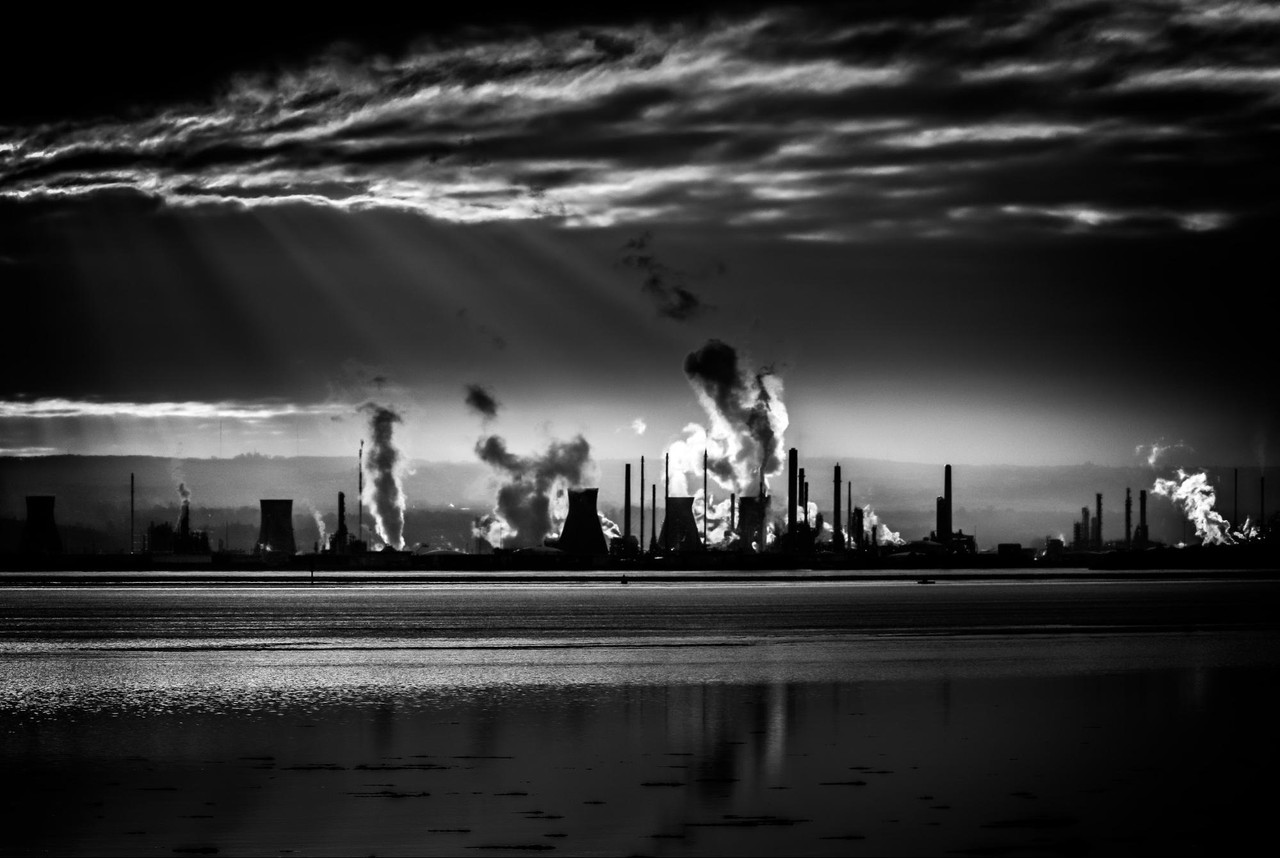Alberta Oil Industry
Overlook
Alberta is the most prominent oil-producing province in Canada that provided 79,2% of Canadian oil production in 2015. Such products are included: light, heavy and synthetic crude oil, crude bitumen and natural-gas condensate. The most significant part of its oil production comes from Alberta’s massive oil sands deposits. The production has been continually rising in recent years. Today Canada’s oil reserves are the world’s third-largest reserves thanks to Alberta’s oil sands. Although Alberta has already produced more than 90% of its traditional crude oil reserves, it has produced only 5% of its oil sands, and the remaining oil sands reserves make up 98% of Canada’s established oil reserves.
Alberta, being the biggest producer of oil sands bitumen in the world is also considered to be the largest producer of synthetic crude oil, crude oil and natural gas in Canada.
Oil sands
Alberta's oil sands underlie 142,200 square kilometers (54,900 sq mi) of land. They cover Athabasca, Cold Lake and Peace River areas in northern Alberta. The only oil field that is suitable for surface mining is the Athabasca oil sands, while the Cold Lake and The Peace River oil sands should be produced by drilling.
Alberta is the only place where unique methods and technologies of bitumen and synthetic crude extraction were developed. Many companies use both conventional strip mining and non-conventional technologies of bitumen extract from the Athabasca deposits.
The city of Fort McMurray was developed for service oil sands operations. Still, its location in the nearby forest became a problem in 2016 because of the considerable Wildfire that destroyed over 2,400 homes.
Oil fields
Most of the oil fields are found in southeast Alberta. They are Lethbridge, Medicine Hat and Brooks. Also, some of them are found in northwest Alberta (Grande Prairie, High Level, Rainbow Lake, Zama). Caroline and Red Deer fields are located in the central part. The heavy crude oil was found around the oil sands.
Foothills, Greater Arch and Deep Basin are structural regions of Alberta province.
Oil pipelines
Alberta in the center of the Canadian crude oil pipeline system. The most pipelines that carry oil from Alberta to other provinces and US states:
- The Enbridge Pipeline System. It was built in 1950 in order to transport crude oil from Edmonton (Alberta) to Superior (Wisconsin). Then the pipeline was extended in 1950 to transport oil to Sarnia (Ontario) to supply the Ontario market and in 1976 to Montreal (Quebec).
- The Trans Mountain Pipeline System. It was built in 1953 in order to transport refined products and crude oil from Edmonton (Alberta) to Vancouver (British Columbia).
- The Norman Wells Pipeline. It was built in 1985 to transport crude oil from Norman Wells (Sahtu Region) to Zama City (Alberta). Now it is owned by Enbridge.
- The Express Pipeline. It was built in 1997 to transport crude oil from the Alberta pipeline hub at Hardisty to the US states Montana, Utah, Wyoming and Colorado.
- The Keystone Pipeline. This pipeline is the newest one. It was built in 2011 to carry oil from Hardisty (Alberta) to the US pipeline hub at Cushing (Oklahoma).
Oil refineries
There are four refineries in Alberta located on what is known as Refinery Row in Strathcona County near Edmonton. Their combined capacity is over 458,200 barrels per day of crude oil. Besides products such as diesel fuel and gasoline, the Alberta refineries also produce off-gases.
The list of Alberta oil refineries:
- The Suncor Energy. It was founded in 1919 in Montreal (Quebec). Its capacity is 142,000 barrels per day of crude oil.
- The Imperial Oil Strathcona Refinery. It is located near Edmonton with its capacity of 187,200 barrels per day.
- The Shell Canada Scotford Refinery. It is located near Edmonton with its capacity of 100,000 barrels per day.
- The Husky Lloydminster Refinery at Lloydminster. Its capacity is 29,000 barrels per day.
Take a glance at oil production in Alberta over the past five years. It includes conventional and non-conventional oil production.

